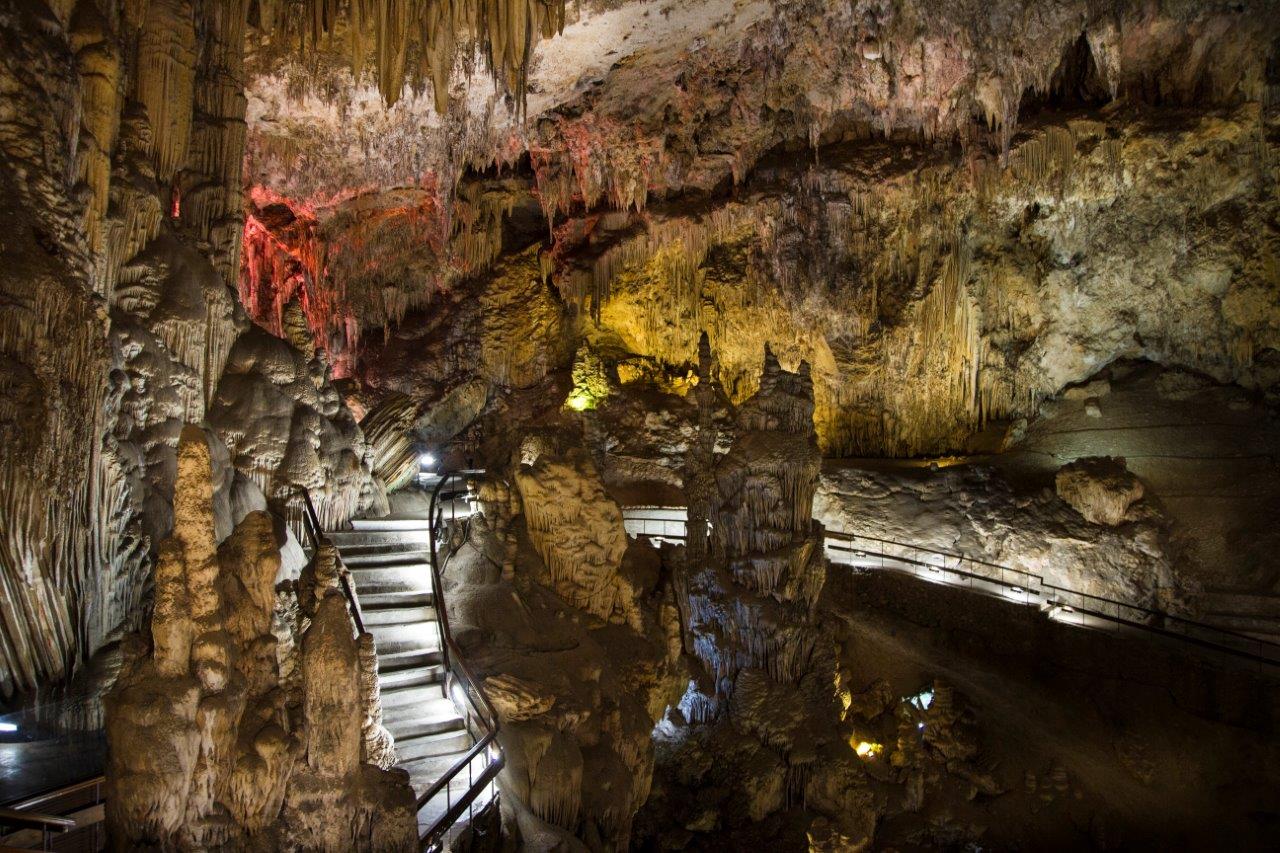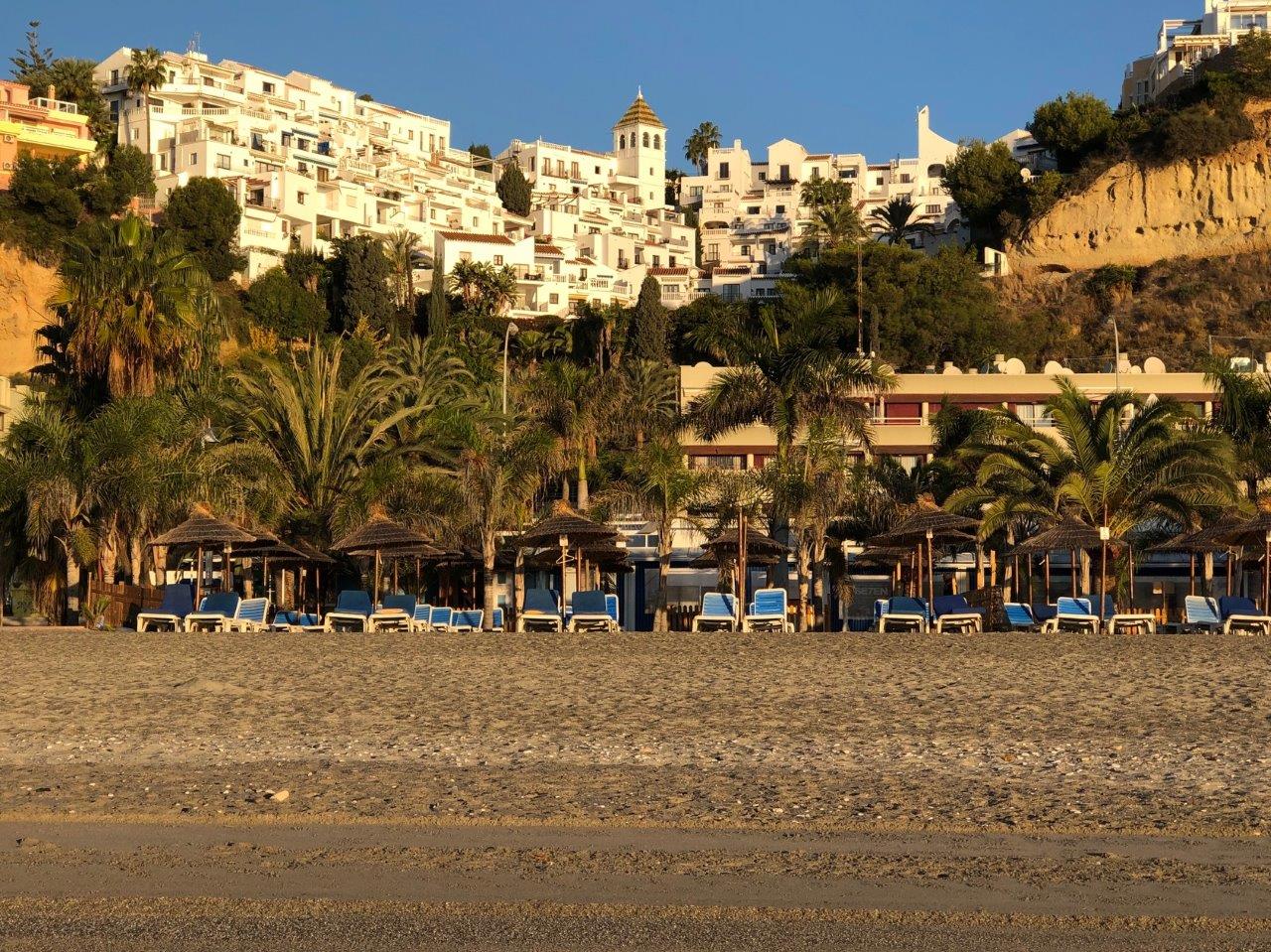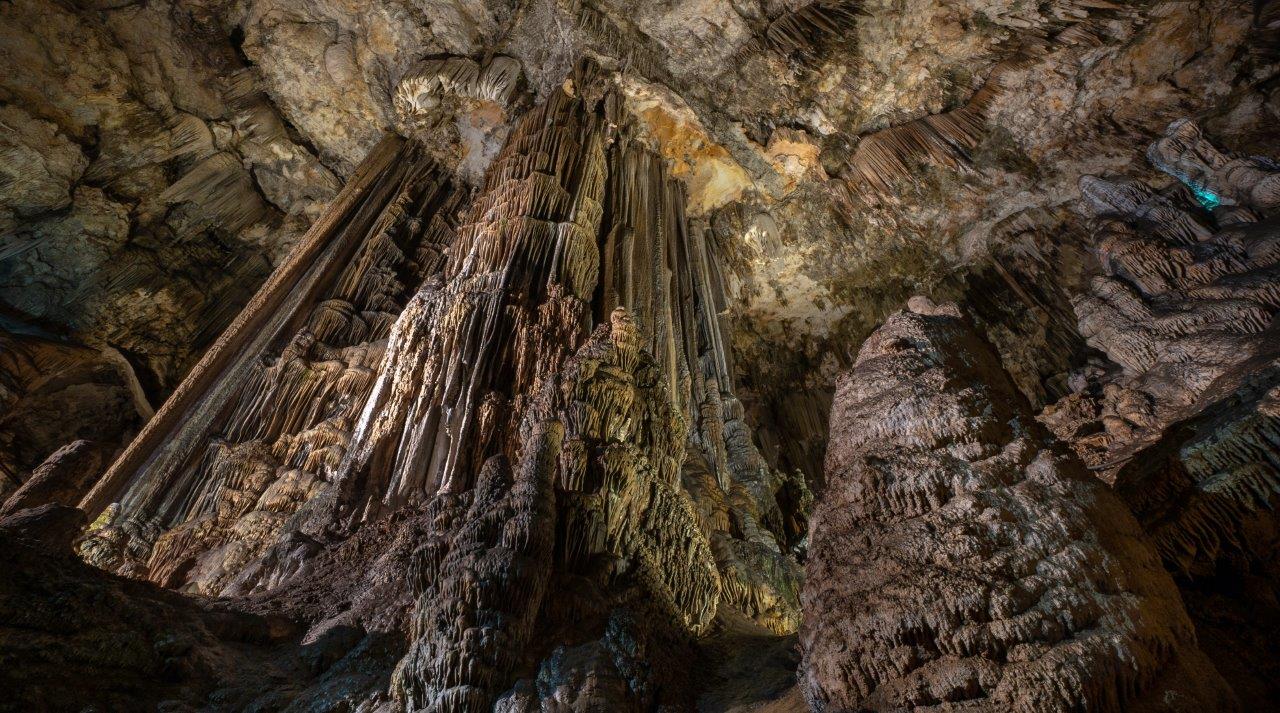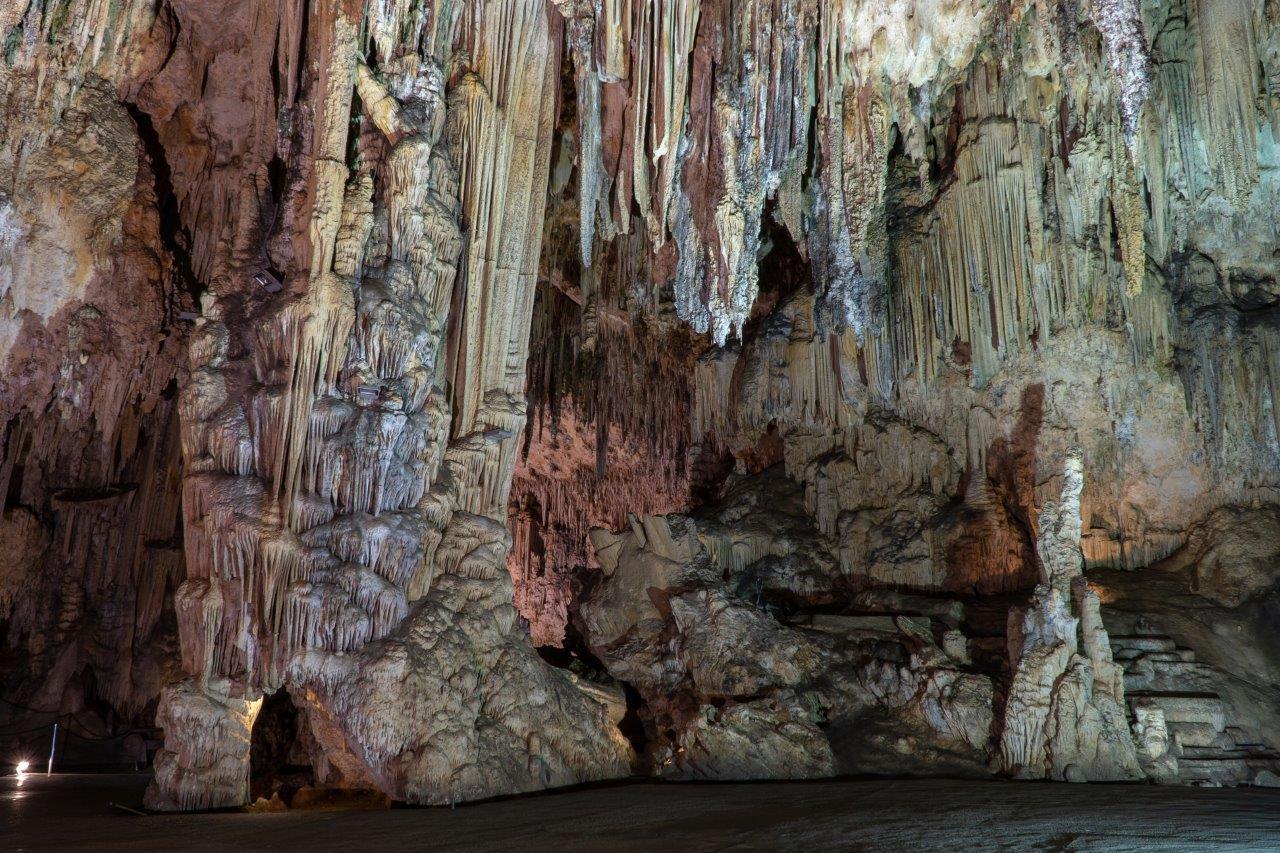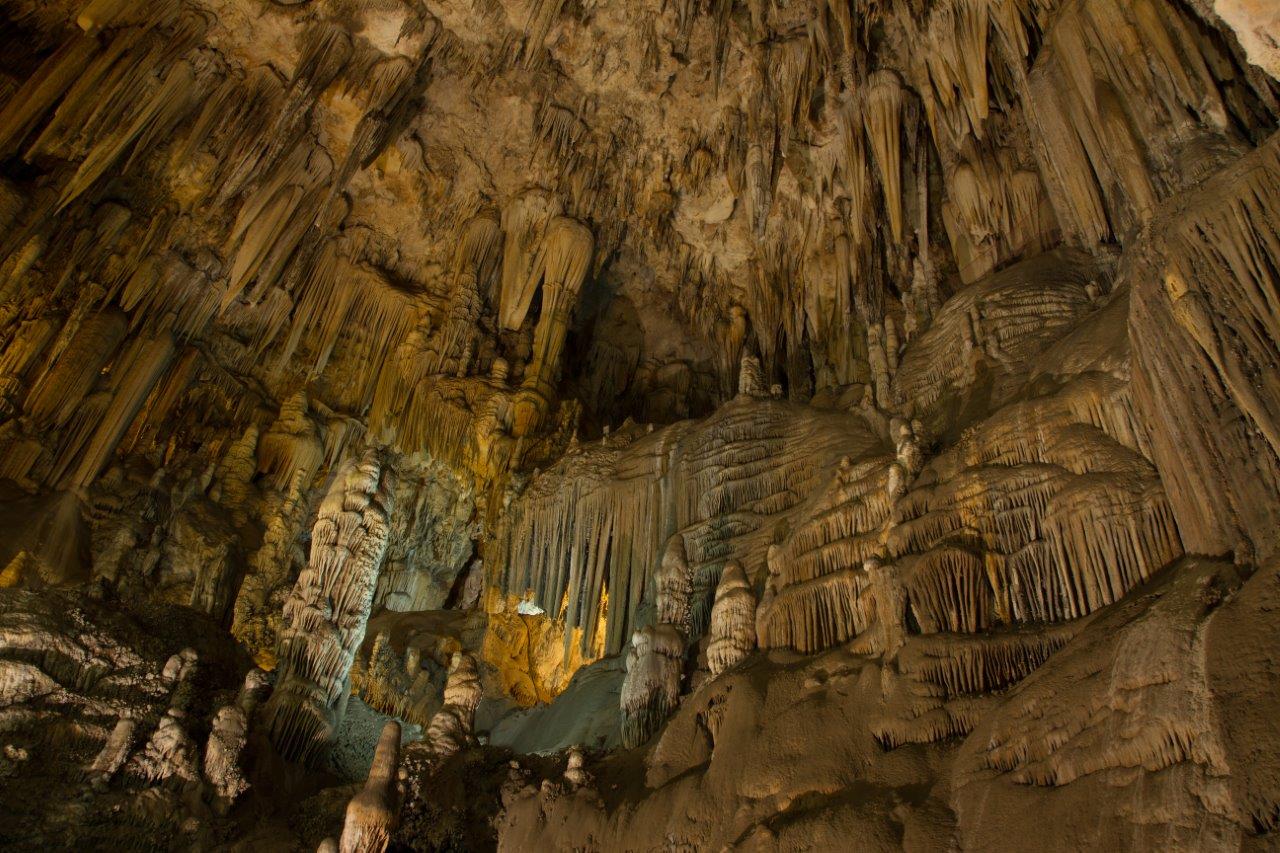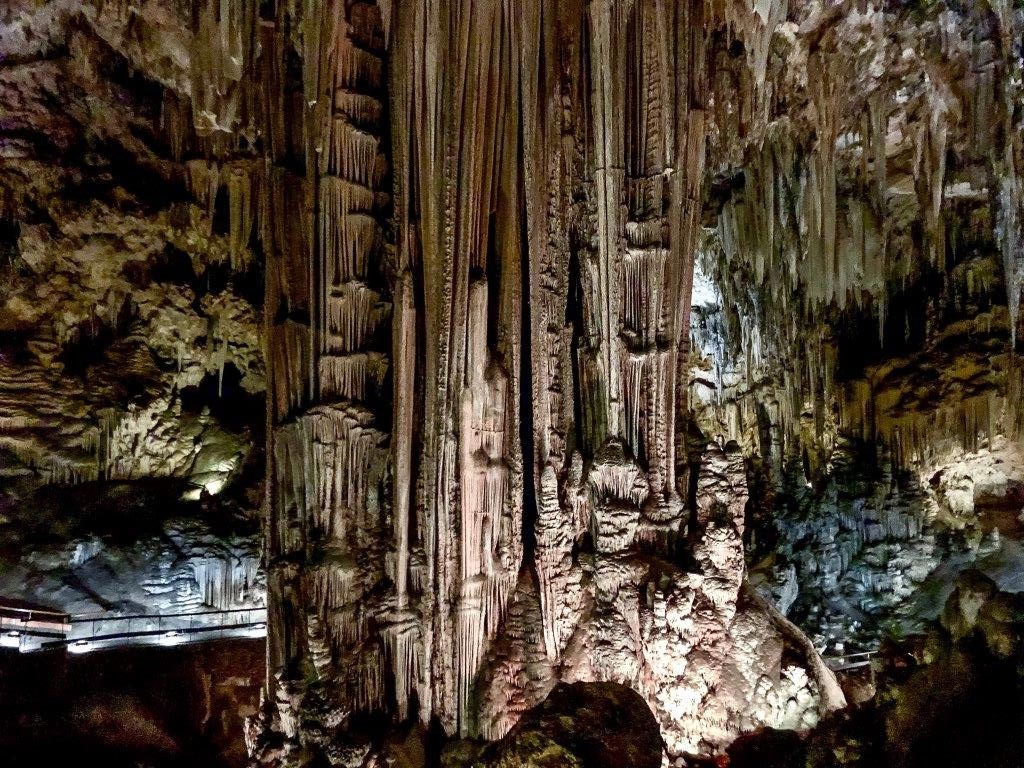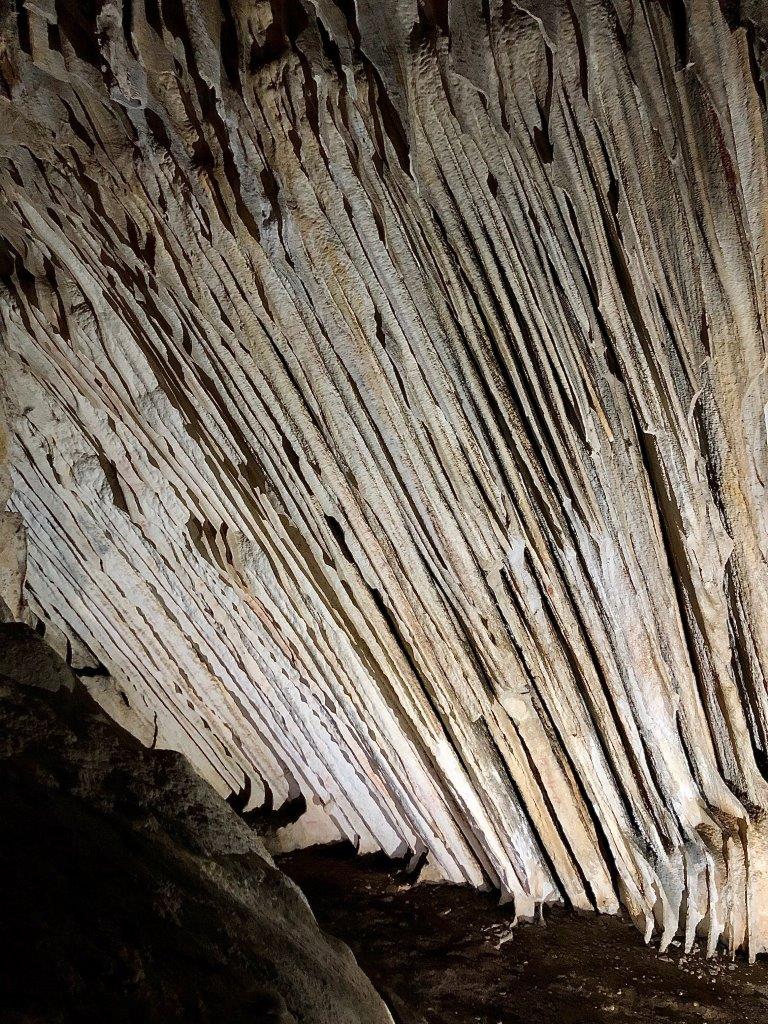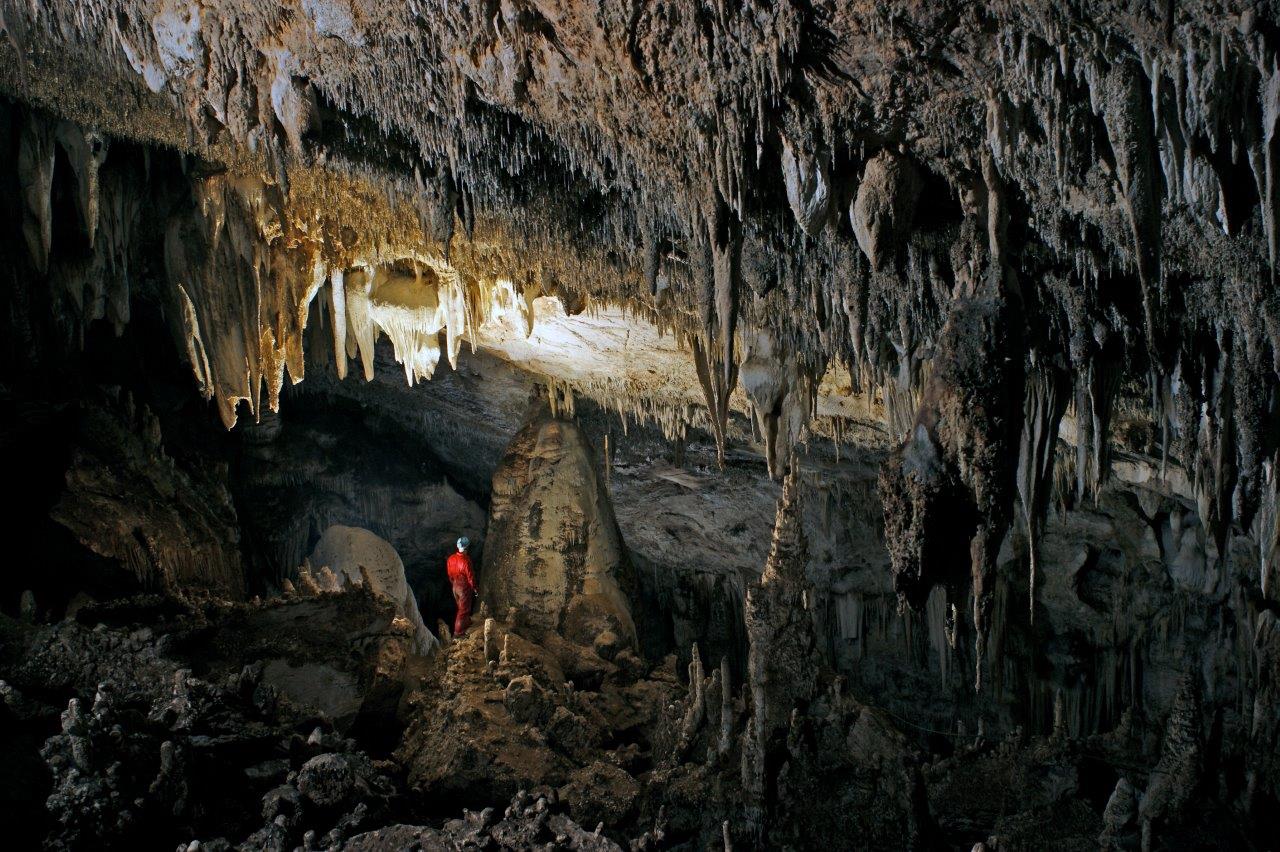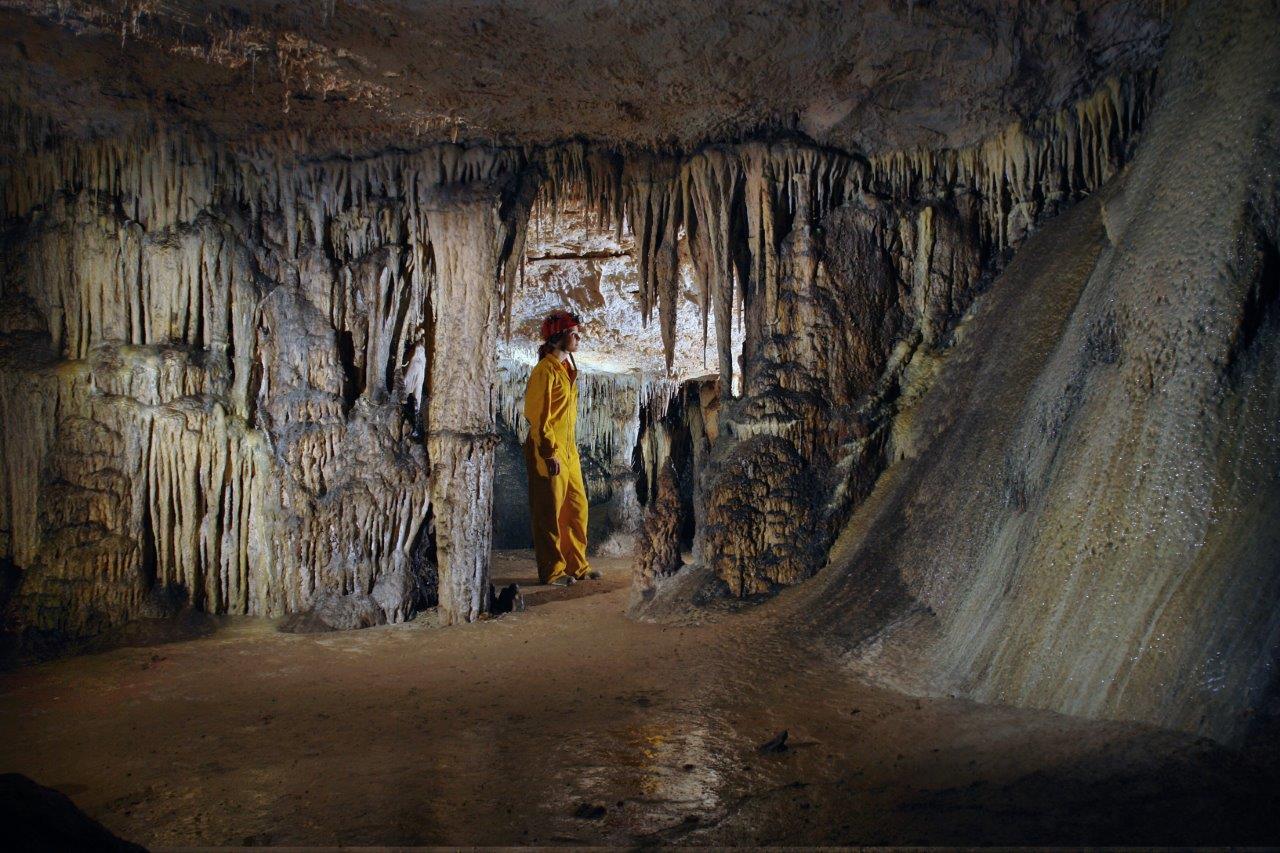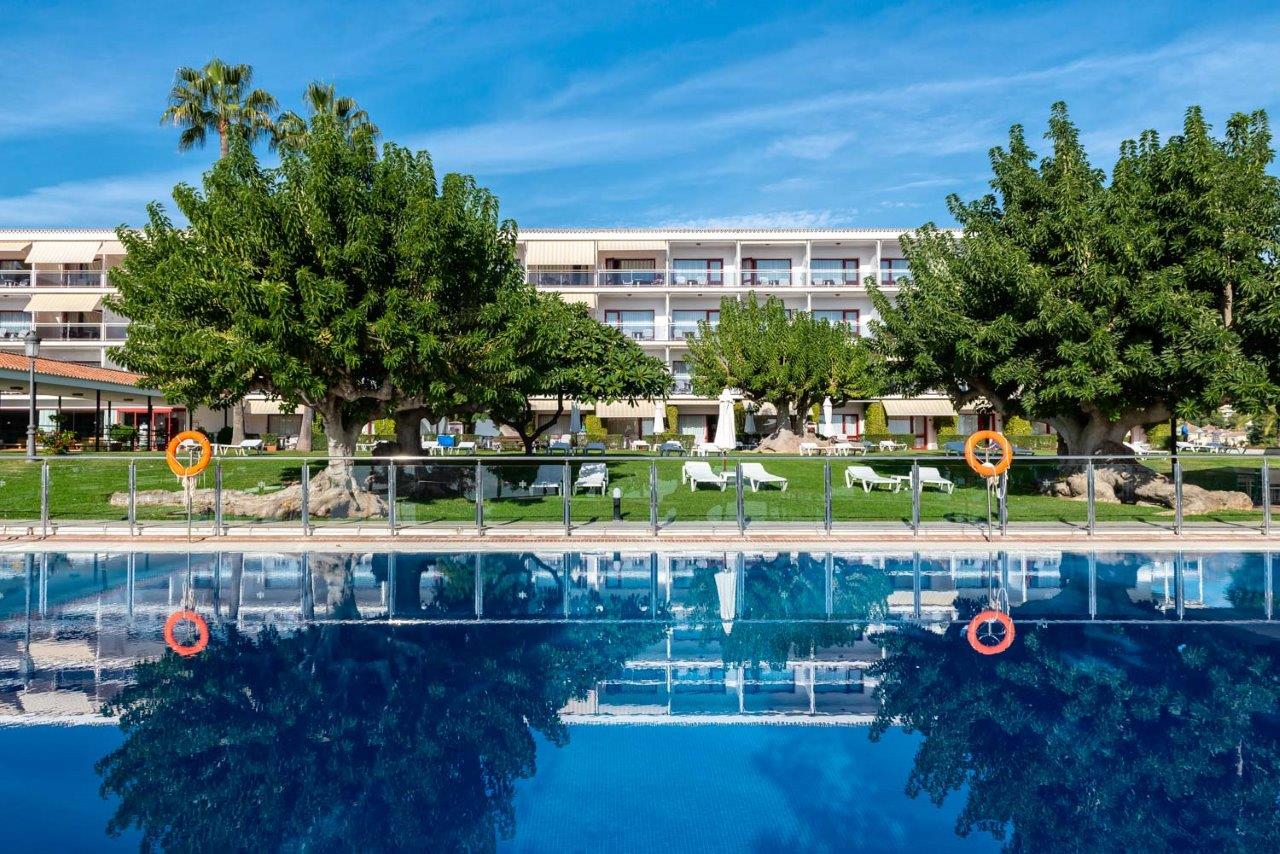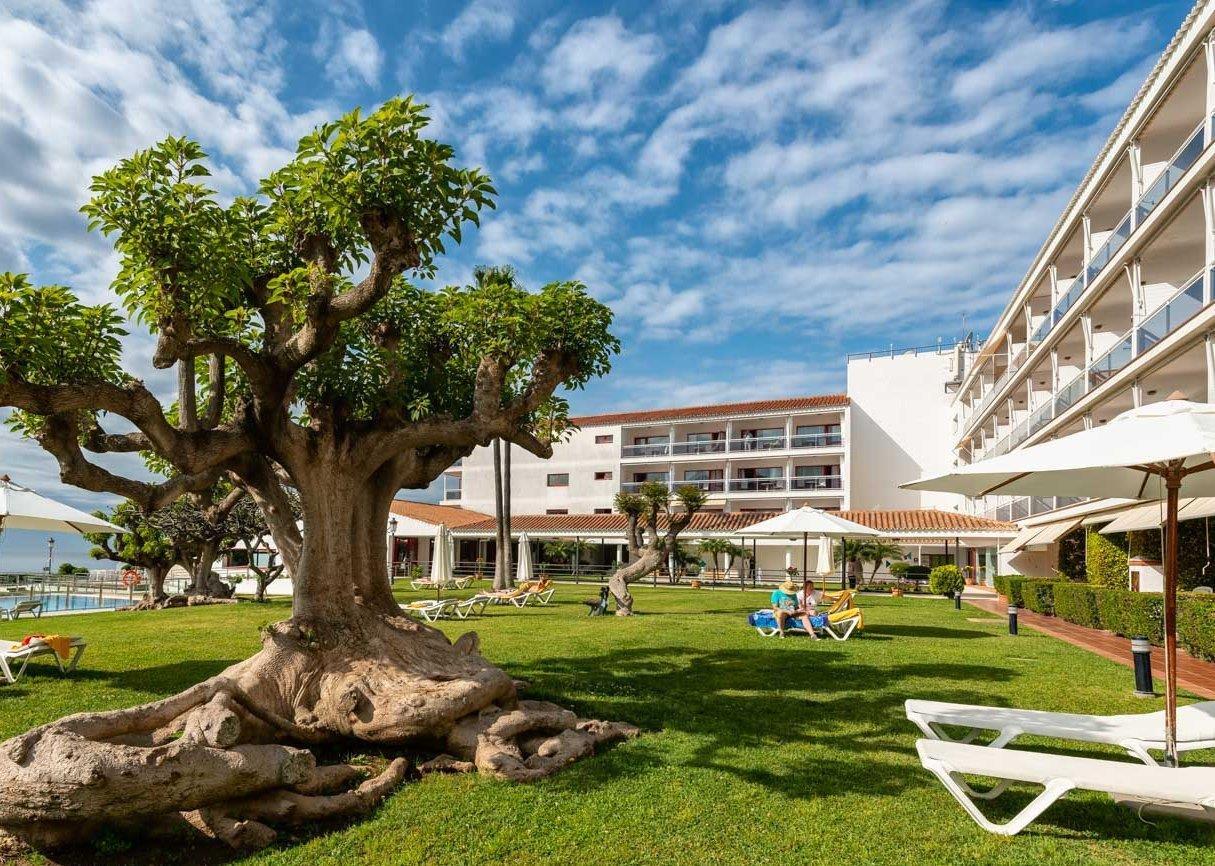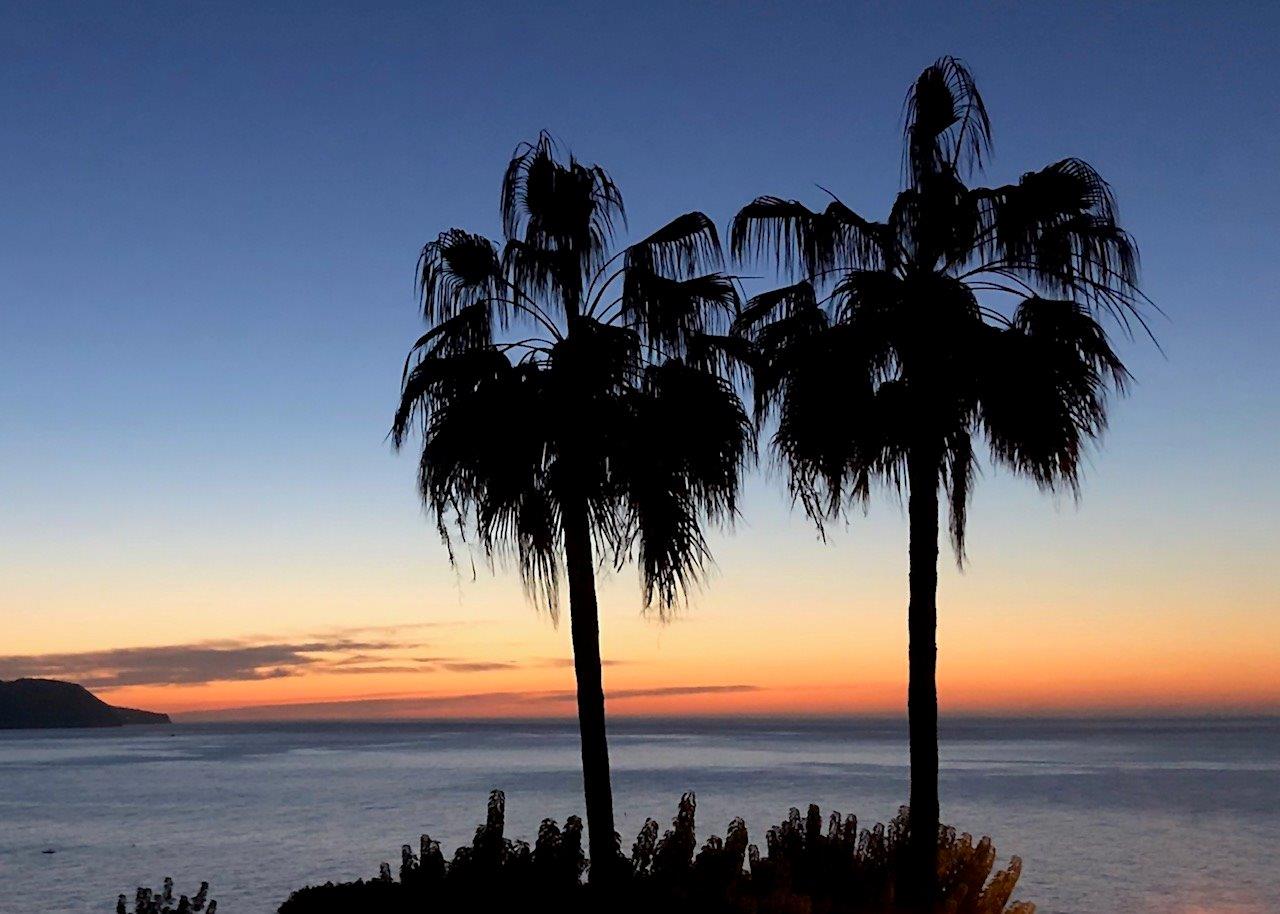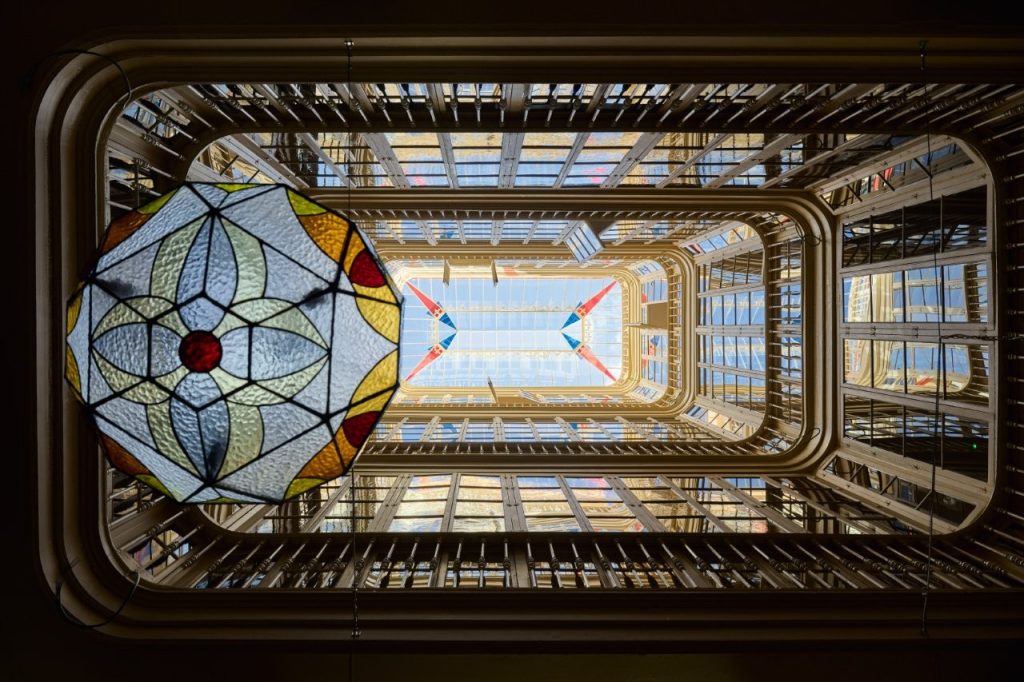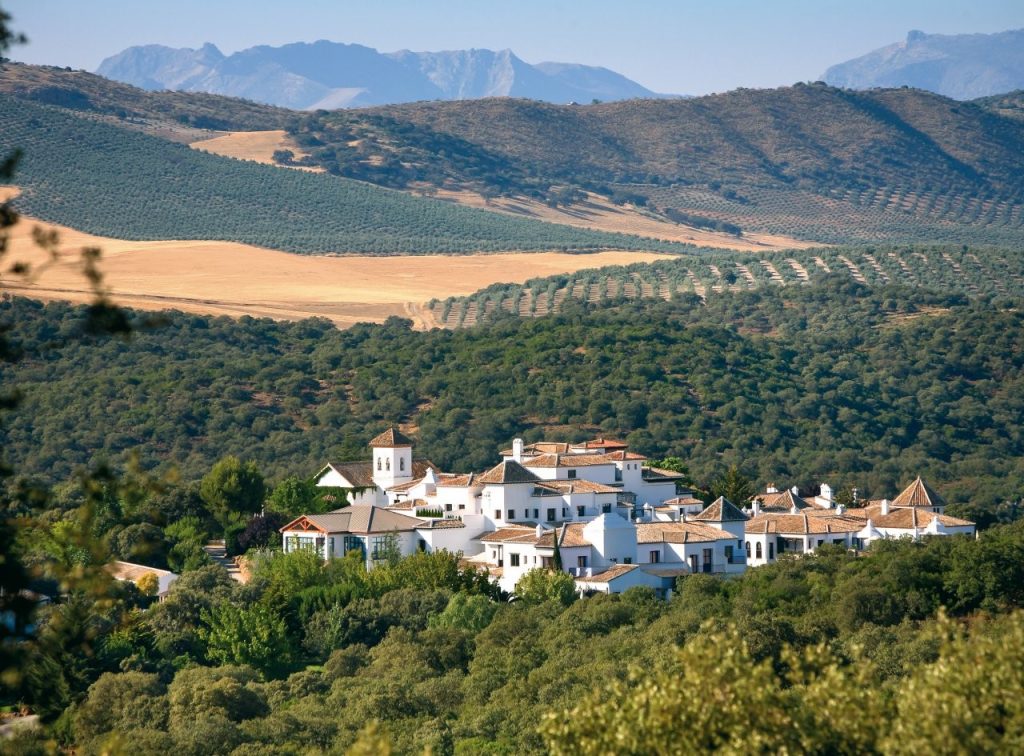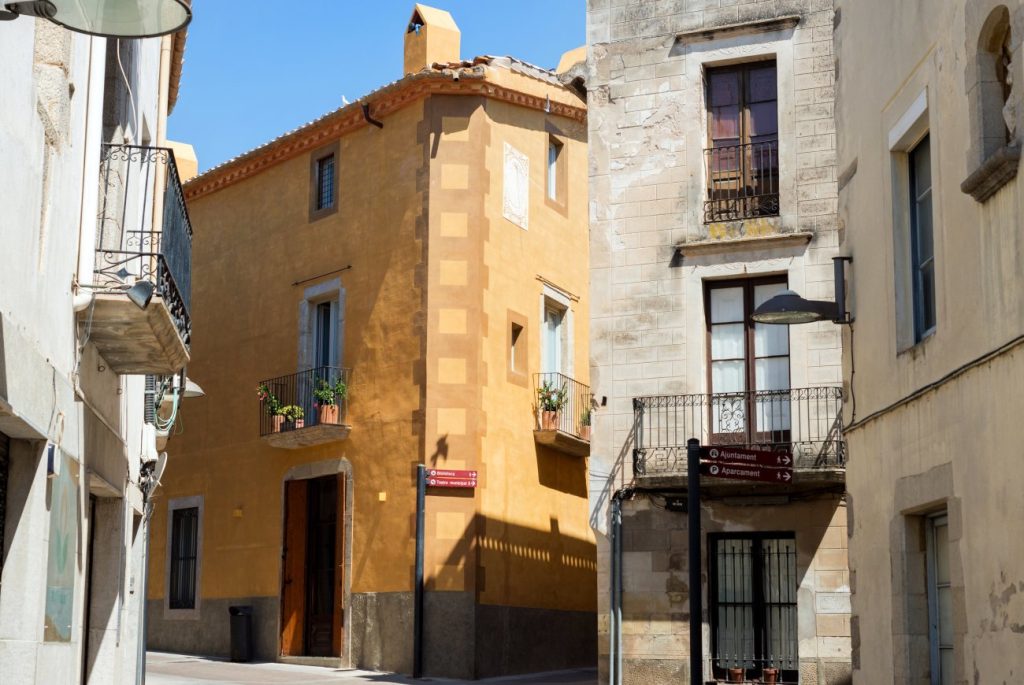2019 has been a notable year for the small seaside town of Nerja.
This year has been the 60th anniversary of the discovery, in modern times, of the outstanding Nerja Cave.
Throughout 2019, a number of events have been held to mark the rediscovery of La Cueva de Nerja. It is an exciting reminder of the remarkable diversity of visitor attractions and natural wonders near Malaga, writes Andrew Forbes.
The Mediterranean coast of Andalucia, better known as the Costa del Sol has been a popular holiday destination for decades. Yet only in recent years as its capital, Malaga city emerged as a world-class destination in its own right.
You can read about our Eat Do Sleep guide to Malaga here.
Visitors to Malaga can enjoy a huge diversity of gastronomic, cultural, natural and architectural attractions. The beautiful town of Nerja, with its spectacular cave, is one that is not to be missed.
Visit Nerja
Nerja is a beautiful seaside town, 50km east of Málaga. Renowned for its special microclimate, it is a popular all-year round destination. For day-visitors, such as cruise passengers docking at Malaga’s new cruise terminal, or travellers staying in Malaga, the Nerja Cave makes for an impressive and memorable experience.
Known in Spanish as ‘La Cueva de Nerja’, this is one of the most spectacular cave systems in the world. Over 5 million years old, the Nerja cave was rediscovered on the 12th of January 1959 by 5 young boys from Maro, (a small seaside hamlet near Nerja).
La Cueva
I was invited to be a guest of Nerja Cave this autumn, to explore the public galleries of the cave as well as have the memorable opportunity to meet two of these discoverers (‘descubridores’), now in their 70s, and the wife of one of the ‘discoverers’ who has since died. They were such a pleasure to speak with them. It really brought the story of the discovery to life.
Yet before I tell you more about the discovery, let me share a little about this extraordinary cave and what visitors can expect.
The Galleries of Nerja Cave
The public galleries are truly impressive and visiting them takes about 45-60 minutes. However, the public galleries are just about a third of what has been discovered. There are three vast galleries that have been documented, with stretch out for over 5 kilometres.
On my special visit I was able to go beyond the Entrance Hall (Sala de Vestibulo) into the Mine Hall (Sala de la Mina), and Hall of the Sink (Sala de la Torca) which are normally closed to the public. These modest caverns are where research and excavations are on-going, helping experts learn more about who lived in these caves, and what they ate etc.
Hall of the Nativity
After the Entrance Hall, the first main public cavern is the Hall of the Nativity (Sala de Belén). When the youngsters first entered the caves in 1959, they discovered skeletons which caused them to be scared – they thought they were remains of people who had entered and got lost in the caves. In fact these skeletons were former residents of the caves. A skeleton found in this cavern is no on display in the new Nerja Museum.
Hall of the Waterfall
Then visitors pass through the Hall of the Tusk (Sala del Colmillo) down int0 the Hall of the Waterfall (Sala de la Cascada o del Ballet). Nerja Cave has superb lighting – in fact the caves are leading world experts in the sustainable lighting of caves. In the past concerts were stages in this hall, but now, due to greater understanding of the impact of CO2, the caves are left empty at night so they can naturally refresh the air to maintain the condition of the formations.
Hall of the Phantoms & Hall of the Cataclysm
The next is Hall of the Phantoms (Sala de los Fantasmas). From here one enters the extraordinary Hall of the Cataclysm (Sala del Cataclismo) which is over 100 m long. This hall was affected by an earthquake some 800,000 years ago causing huge stalactites to come crashing down onto the floor, creating scenes of chaos. At the centre of the space, is the world’s largest column, where a stalactite and stalagmite have joined to create a vast single structure.
The World’s Largest Cave Column
The remarkable column in the Nerja Cave measures a staggering 13 m by 7 m at the base and stands 32 m high!
Organ Corner
Continuing on the tour, one finds the Organ Corner (Rincón del Órgano).
Here fluted columns of stone look like a church organ. In fact, when touched (which one cannot do now) they are said produce different notes. It has been suggested that prehistoric residents of the caves chipped away at the stone to alter the sounds, creating different notes. Here one also sees small paintings by the prehistoric inhabitants of the cave. Across all the galleries, almost 600 cave paintings have been discovered!
Upper Galleries & New Galleries
High up in the far corner of this cave is the opening which allows access to the Upper and New Galleries.
From the end of the public galleries there is a small access space to the high gallery, and the new gallery. These galleries are only open to caving experts.
The Re-Discovery of the Nerja Cave
In January 1959 five boys were out exploring the local area. They knew the land well as they used to regular collect firewood in the countryside above the caves. They used to enjoy searching for bats at dusk and one afternoon discovered a crack in the earth where many bats were emerging. Returning the next day with a hammer and torches, they began to create a wider opening in the damaged rock. Soon enough they squeezed through and climbed down into what we now as ‘la cueva de Nerja’, one of the biggest caves in the world!
The Discoverers
The five youngsters, Miguel Muñoz Zorilla, José Torres Cárdenas, Francisco Navas Montesino, Josée Luis Barbero de Miguel, and Manuel Muñoz Zorrilla, were to become famous in their local community and across Spain.
Parador de Nerja Hotel
The Cueva de Nerja became such a draw for visitors that a luxury Parador Hotel was opened in the 1970s. This property, which is sensational location right on the cliff edge overlooking the Mediterranean, has been renovated and is a retro-cool place to stay if you want to extend you visit to Nerja.
Refurbished guest rooms have sea views, there’s a pool and of course the excellent dining one expects from Parador hotels in Spain. The hotel is also surrounded by botanic gardens.
The hotel has supported the 60th Anniversary of the cave with many events including a special menu inspired by produce enjoyed by the prehistoric residents of the cave!
Nerja is protected from the seasonal weather of the north by the mountains of the Sierras of Tejeda, Almijara and Alhama Natural Park. Also much of the town is built above 25 metre cliffs so the Parador like most of Nerja, has a really favourable climate. It really reminded me of the climate in Santa Barbara in California.
After breakfast I couldn’t resist the opportunity for a stroll along the beach – it is experiences like this that make Nerja such a delightful all-year destination.
Information
La Cueva de Nerja
Nerja Cave makes for an easy day visit from Malaga – it is about 45 minutes’ drive from Malaga’s train station or cruise ship terminal.
Tickets can be purchased online or on the day. In peak summer months it is best to buy in advance.
http://www.cuevadenerja.es/en/
Museum of Nerja
The museum is an ideal complement to a visit to the cave. Nerja town is really worth exploring, with its charming narrow streets, shops and restaurants – and do not miss the views from the famous Balcón de Nerja. The museum is in the town centre.
http://www.cuevadenerja.es/en/museum/
Parador de Nerja Hotel
The Nerja Parador hotel is open all-year round, and makes for a comfortable base to enjoy Nerja, the beaches at Maro, the Nerja Cave, and the amazing countryside, hiking trails and nature of the mountains Sierras of Tejeda, Almijara and Alhama Natural Park.

